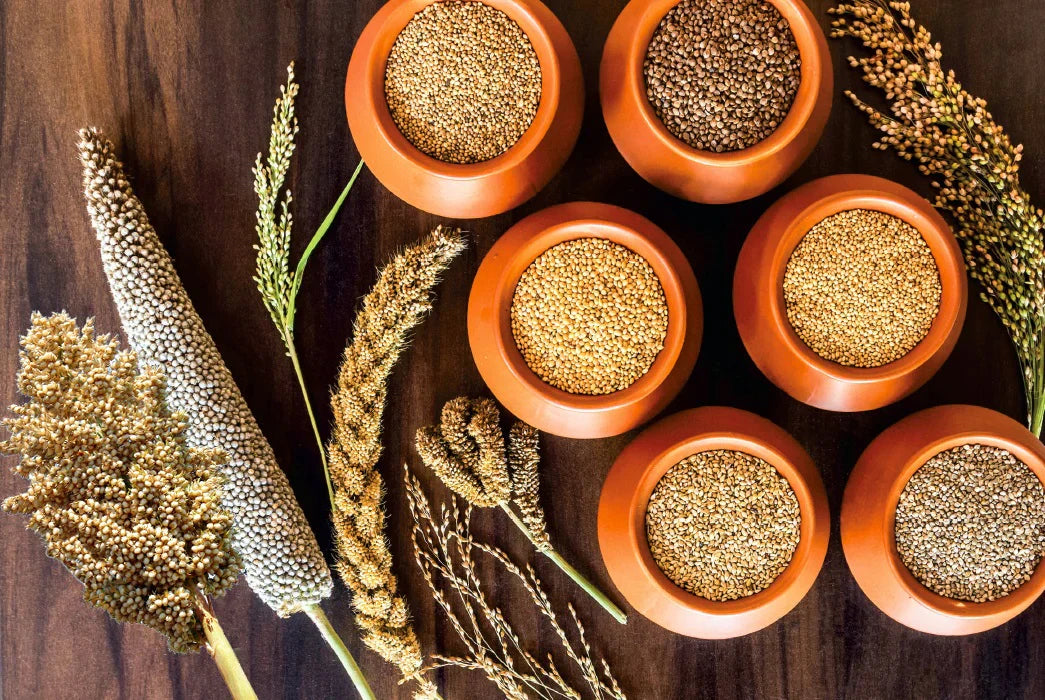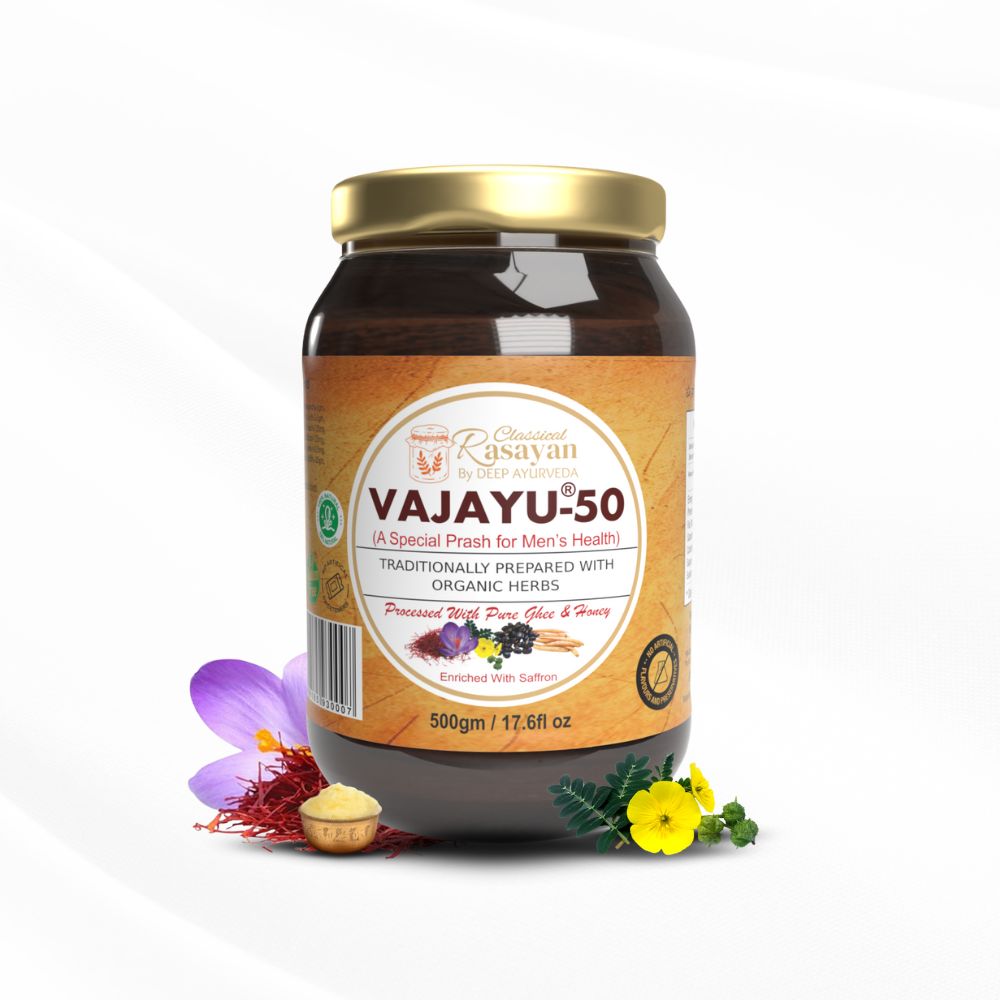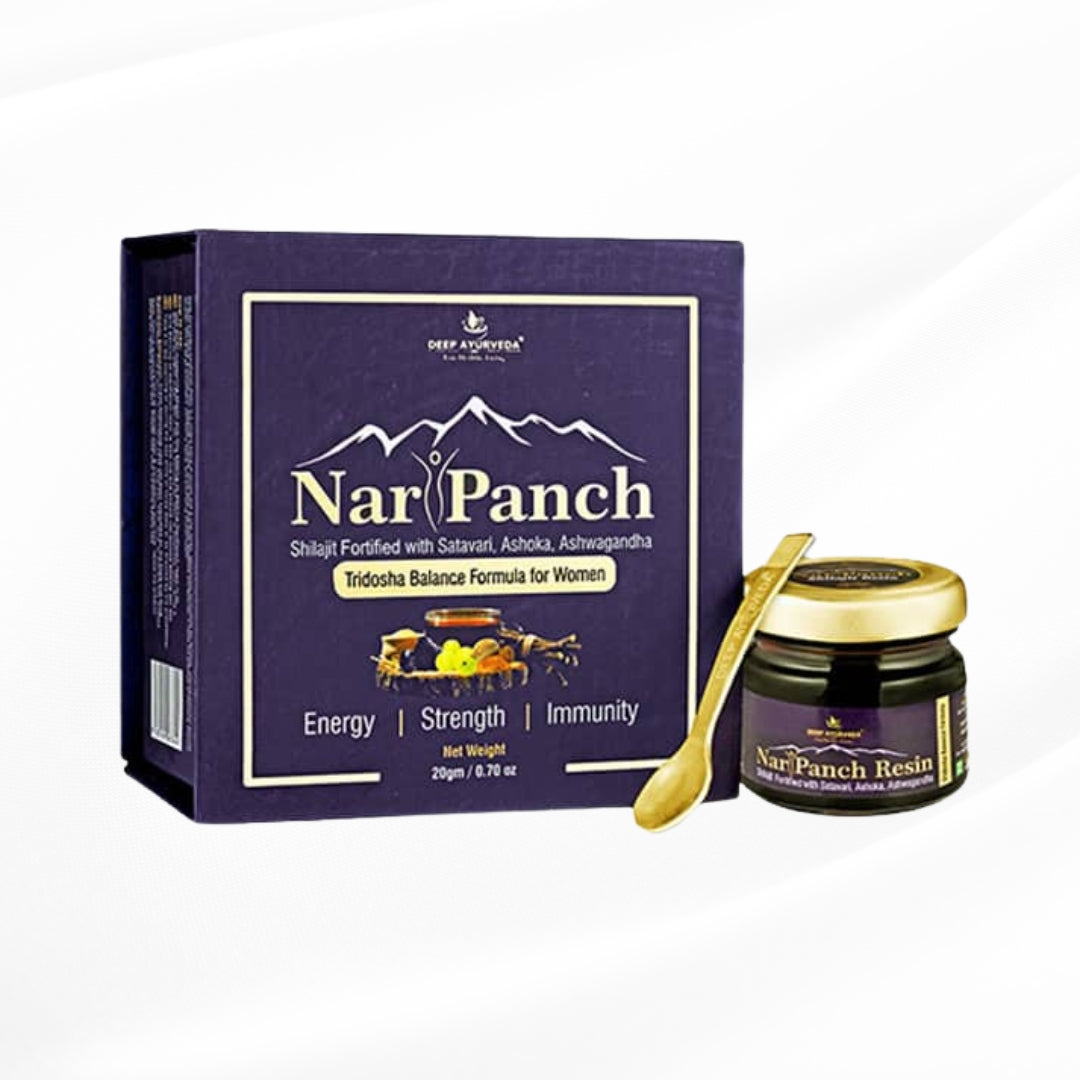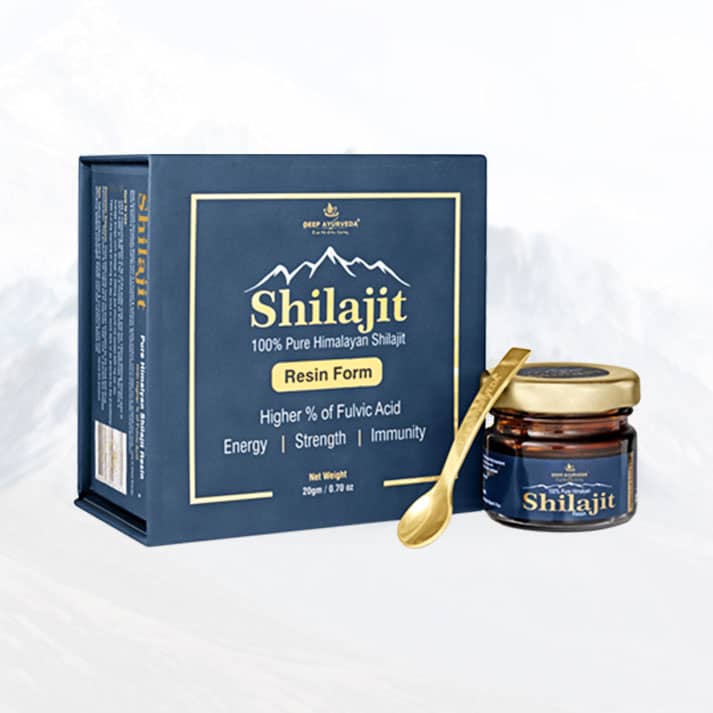Introduction
As the world shifts towards mindful eating, the spotlight is returning to millets—nutrient-dense, climate-resilient, and versatile grains that have been part of India’s food heritage for centuries. While modern nutritionists highlight millets for their low glycemic index, high fiber content, and gluten-free profile, Ayurveda has long acknowledged them as Shastika Dhanya (superior cereals) with profound influence on doshas, agni (digestive fire), and dhatus (body tissues).
From the ancient Charaka Samhita to contemporary research, millets occupy a significant place in both traditional wisdom and modern dietary science. This blog explores the Ayurvedic classification, health benefits, dosha-based usage, and modern evidence on millets, showcasing how these humble grains can be the cornerstone of sustainable nutrition.
Millets in Classical Ayurvedic Literature
Classification
Ayurveda groups grains under Dhanya Varga (cereal group). Millets are referred to as:
-
Kudhanya (coarse cereals) – hard, rough-textured, and drying in quality.
-
Shastika Shali (special rice varieties) are placed as easily digestible, but millets are generally seen as ruksha (dry), laghu (light), and sheeta (cooling).
Ayurvedic Properties of Millets
-
Rasa (Taste): Predominantly Kashaya (astringent), Tikta (bitter), Madhura (sweet in some types).
-
Guna (Qualities): Laghu (light), Ruksha (dry), Sheeta (cooling).
-
Virya (Potency): Generally Sheeta (cooling).
-
Vipaka (Post-digestive effect): Katu or Madhura depending on the variety.
-
Dosha Effects:
-
Pacify Kapha and Pitta (due to dryness and lightness).
-
May aggravate Vata if consumed in excess or without proper preparation.
-
Pacify Kapha and Pitta (due to dryness and lightness).
Classical References
-
Charaka Samhita (Sutra Sthana 27/21): Mentions Kodrava (kodo millet) as laghu and ruksha, suitable for Kapha disorders.
-
Sushruta Samhita (Sutra Sthana 46): Lists varieties like Priyangu and Shyamaka as beneficial in Kapha-Pitta conditions.
-
Bhavaprakasha Nighantu: Notes millets as useful in Prameha (diabetes), obesity, and sluggish digestion.
Types of Millets and Their Ayurvedic View
1. Ragi (Finger Millet – Mandua)
-
Ayurvedic Properties: Sheeta, madhura, guru.
-
Benefits: Strength-giving, rich in calcium, ideal for bones.
-
Best For: Pitta disorders, growing children, osteoporosis.
2. Bajra (Pearl Millet – Bajri)
-
Properties: Ushna, ruksha, laghu.
-
Benefits: Improves digestion, strengthens the heart, prevents anemia.
-
Best For: Kapha disorders, obesity, cholesterol management.
3. Jowar (Sorghum)
-
Properties: Laghu, ruksha, sheeta.
-
Benefits: Good for diabetes, boosts metabolism.
-
Best For: Kapha-Pitta balance, metabolic syndrome.
4. Foxtail Millet (Kangni – Priyangu)
-
Properties: Laghu, ruksha, cooling.
-
Benefits: Reduces cholesterol, improves cardiac health.
-
Best For: Kapha disorders, sluggish digestion.
5. Barnyard Millet (Sanwa – Shyamaka)
-
Properties: Light, cooling.
-
Benefits: Anti-diabetic, detoxifying, easy to digest.
-
Best For: Pitta disorders, fasting diets.
6. Kodo Millet (Kodrava)
-
Properties: Laghu, ruksha, sheeta.
-
Benefits: Detoxifies, prevents constipation, balances blood sugar.
-
Best For: Obesity, Prameha (diabetes).
Health Benefits of Millets According to Ayurveda
1. Balances Kapha and Pitta
The dry, light, and cooling nature of millets makes them effective in managing conditions like obesity, diabetes, and hyperacidity.
2. Improves Agni (Digestive Fire)
Millets are deepana (appetizer) and pachana (digestive), stimulating sluggish metabolism and clearing ama (toxins).
3. Prevents Prameha (Diabetes)
Their low glycemic index and rough texture reduce blood sugar spikes, aligning with Ayurvedic recommendations for Prameha patients.
4. Manages Obesity (Sthaulya)
By reducing Kapha and excess meda (fat tissue), millets support weight reduction and enhance satiety.
5. Detoxification
The ruksha guna (dry quality) helps clear excess mucus, toxins, and blockages in the channels.
6. Enhances Strength (Balya)
Certain millets like Ragi are considered balya (strength-promoting), especially for bones and muscles due to high calcium and iron content.
Modern Nutritional Science on Millets
Nutrient Profile
-
Rich in dietary fiber, iron, calcium, magnesium, and antioxidants.
-
Naturally gluten-free, suitable for celiac patients.
-
Contain resistant starch that improves gut health.
Evidence-Based Benefits
-
Diabetes Control: Studies show millets lower postprandial blood glucose.
-
Heart Health: Millets reduce cholesterol and triglycerides.
-
Weight Loss: High satiety index reduces overeating.
-
Gut Microbiome: Resistant starch enhances beneficial gut flora.
-
Climate Sustainability: Require minimal water and are drought-resistant.
How to Incorporate Millets the Ayurvedic Way
For Vata Dosha
-
Prefer warm preparations: millet porridge, upma, or khichdi with ghee.
-
Combine with soupy dals or oils to balance dryness.
For Pitta Dosha
-
Cooling millet preparations like foxtail millet with vegetables.
-
Avoid excess spices.
For Kapha Dosha
-
Dry roasted or lightly spiced millet dishes.
-
Ideal for chapatis, bhakri, or fermented recipes like dosa.
Recipes Inspired by Ayurveda
-
Ragi Kanji (Cooling Porridge): Ragi boiled with buttermilk, excellent for Pitta balance.
-
Bajra Khichdi: Bajra cooked with moong dal and spices, helpful in Kapha disorders.
-
Foxtail Millet Upma: Light breakfast option for sluggish digestion.
-
Kodo Millet Idli: Fermented and easy to digest, suitable for all doshas in moderation.
Shloka Reference
Charaka Samhita (Sutra Sthana 27/21):
“कौद्रवाः श्यामकाः प्रियोऽण्गवाः शालिनः पथ्याः।”
(Meaning: Kodrava, Shyamaka, Priyangu and other such grains are wholesome and beneficial, especially for Kapha conditions.)
Deep Ayurveda’s Perspective
At Deep Ayurveda, millets are recommended as part of Ahara Chikitsa (diet therapy) for patients with lifestyle disorders like diabetes, obesity, hypertension, and digestive imbalances.
Through authentic guidance in Mohali, Panchkula, Chandigarh (Tricity region) and online consultations worldwide, practitioners integrate millets with Panchakarma detox, herbal formulations, and lifestyle modifications.
This ensures that patients not only adopt millets as food but also as a therapeutic ally in holistic healing.
Conclusion
Millets are not a modern health trend—they are time-honored grains praised in Ayurveda for their ability to balance doshas, detoxify the system, and support sustainable wellness. Modern research only reaffirms what ancient seers already knew: millets are healing foods, climate-smart crops, and holistic nourishments for body and mind.
By embracing millets, we reconnect with Ayurveda’s vision of “Ahara as medicine”, ensuring not just personal health but also ecological well-being.





